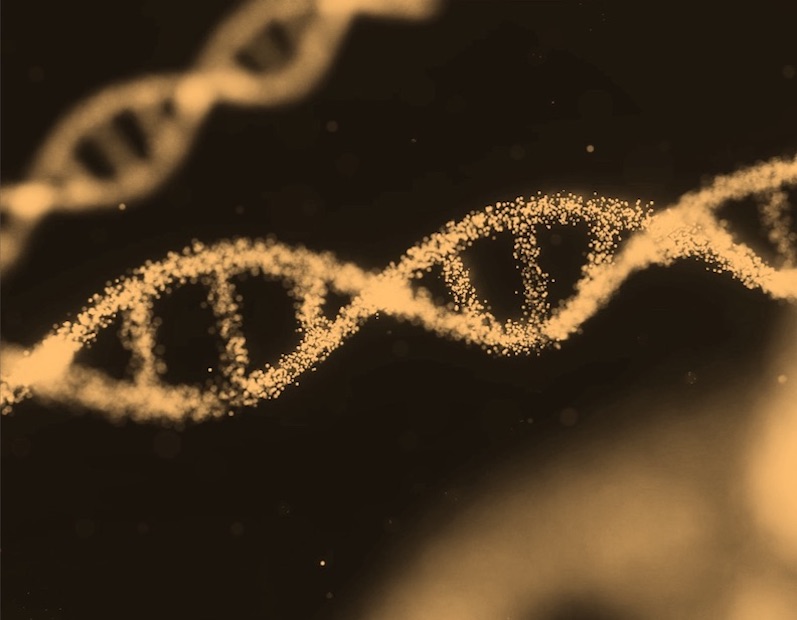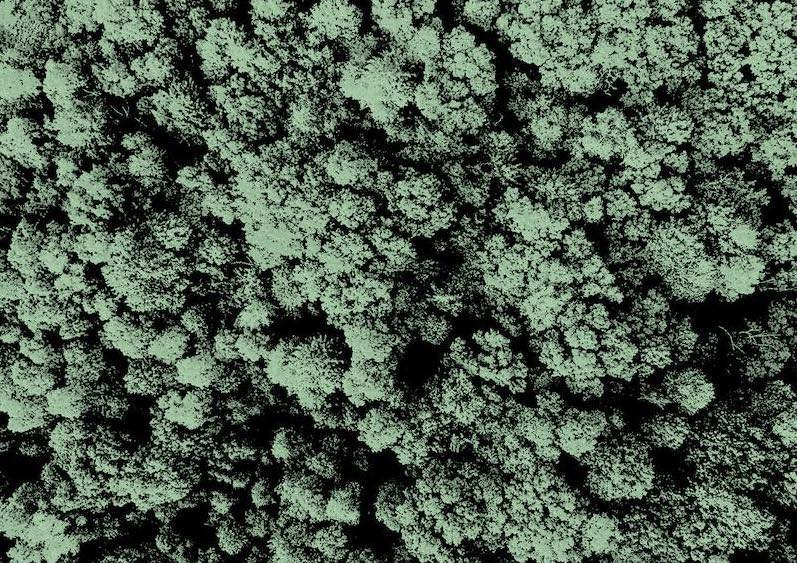What is it about?
This paper describes the synthesis and molecular structure determination of the title carbamate related to 2-nitrobenzyl derivatives, which are commonly used as photolytic protecting groups. We studied how the substitution position of the second NO2 substitution affects the photodegradation rate. It was found that this dinitro compound, spontaneously crystallized in organic solution, photodegrades faster than the relating mono nitro compound depending on the substitution position.
Featured Image
Why is it important?
Photodegradable protecting groups that can be easily introduced into various functional groups are in demand, so it is important to obtain compound structures that will guide the design of these molecules.
Perspectives

Although we have focused on changing the alpha substituent of 2-nitrobenzyl group, we plan to design more sensitive photodegradable groups by changing the number and position of both methoxy and nitro group substitutions.
Noriko Chikaraishi Kasuga
Faculty of Science, Kanagawa University
Read the Original
This page is a summary of: Synthesis and structure of photodegradable 1-(4,5-dimethoxy-2,3-dinitrophenyl)-2-methylpropyl N-butylcarbamate, Acta Crystallographica Section E Crystallographic Communications, May 2023, International Union of Crystallography,
DOI: 10.1107/s2056989023004103.
You can read the full text:
Contributors
The following have contributed to this page







